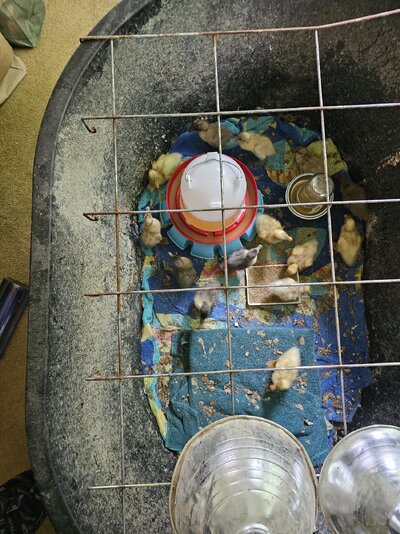- Thread starter
- #11
WhiteTreeOfGondor
"Even the very wise cannot see all ends.” -Gandalf
It does have an attitude! Even though it has another duckling buddy, it acts like it's imprinted on me and isn't skittish at all. I've never had one quite like it.I just love the looks of your duckling, so alert and pretty. with attitude






